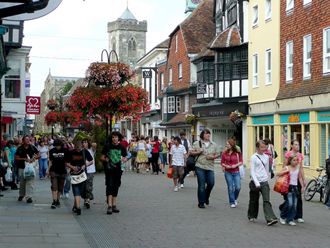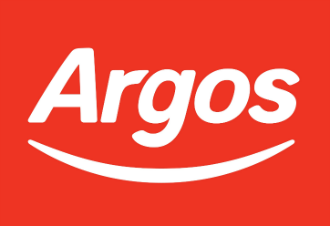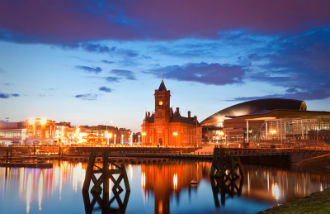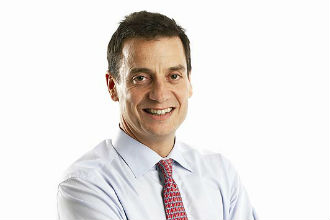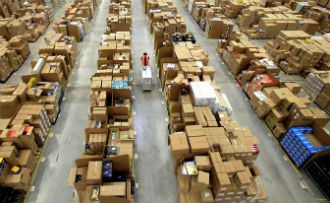 Although Europe is going through the worst economic crisis in decades, the retail property market is still showing signs of life – and it’s getting better. It is estimated that €16.3 billion of retail property was traded in the first six months of the year, up 31 percent compared to the first half of 2012.
Although Europe is going through the worst economic crisis in decades, the retail property market is still showing signs of life – and it’s getting better. It is estimated that €16.3 billion of retail property was traded in the first six months of the year, up 31 percent compared to the first half of 2012.
Demand is strong and it’s coming from various sectors, with increased spending on cross-border deals. There is a lot more interest from institutional investors, including Asian funds. The focus appears to be on the more traditional shopping centre market rather than out of town locations.
Britain remains Europe’s biggest retail investment market, with an impressive market share of 32 percent. Volumes are up 94 percent over the first six months of 2012, reports Property Magazine. Other big markets are also doing well, especially in Northern Europe. Germany, Sweden, Norway, Denmark and France have all experienced a rally. Oddly enough, there is more interest in troubled markets like Greece, Portugal, Italy, Spain and Ireland. The temptation of low prices and volatility seems to be attracting risk loving investors with nerves of steel.
Michael Rodda, head of EMEA Retail Investment at Cushman & Wakefield, said some investors are starting to look further afield, while others are contemplating taking on more risk, usually via development.
“The Nordics were strong again in H1 and we expect this to continue into the second half of the year but we are beginning to see increased activity outside such core markets,” he said. There have been some notable transactions in Central and Eastern Europe for example, such as Atrium’s acquisition of Galeria Dominikanska in Poland, and there is also now real momentum building up in Iberia, where we expect to see a surge in activity as rental re-pricing looks to have bottomed out and improving availability of finance appears to be on the horizon.”
David Hutchings, Head of EMEA Research at Cushman & Wakefield, said retail property remains in demand across Europe and buyers seem undeterred by the stresses and strains of the market, and the increasing competition from online retailers.
Hutchings believes supply levels are likely to improve toward the end of the year, and investment in the retail sector is expected to increase 8 percent on 2012.
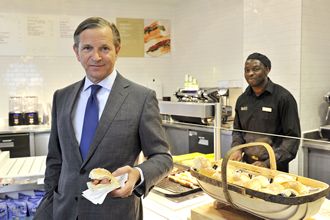 UK high street player Marks and Spencer said its profits fell by 3.9 percent to £623 million, but its CEO claims there’s light at the end of the retail tunnel.
UK high street player Marks and Spencer said its profits fell by 3.9 percent to £623 million, but its CEO claims there’s light at the end of the retail tunnel.